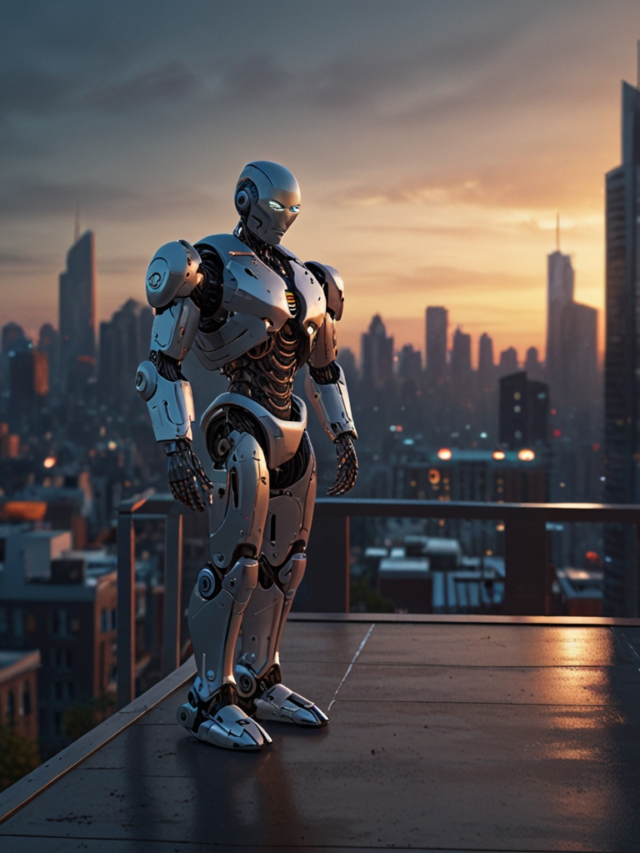MIT researchers have discovered a surprising new training method for artificial intelligence (AI) that could improve their performance in unpredictable environments. Instead of training AI agents in noise-filled conditions, they found that training them in quieter settings, like a calm indoor space, often led to better results when tested in noisier real-world scenarios. This phenomenon, called the “indoor training effect,” suggests that AI can learn fundamental skills more effectively without distractions. Through experiments with modified Atari games, the team realized that agents trained without noise performed better in challenging conditions. This research opens new avenues for developing smarter and more adaptable AI agents. The findings are detailed in a study set to present at the Association for the Advancement of Artificial Intelligence Conference.
New Research Reveals Unique AI Training Strategy
In an exciting turn of events for artificial intelligence development, researchers at the Massachusetts Institute of Technology (MIT) have uncovered a surprising new approach to training AI agents. By training these agents in a more predictable environment before exposing them to unpredictable situations, they performed significantly better when faced with uncertainty. This phenomenon has been dubbed the “indoor training effect.”
Researchers found that AI agents trained in noise-free environments, such as modified Atari games, could adapt more effectively to real-world unpredictability compared to those trained in more chaotic settings. “If you learn tennis indoors, you may play better outdoors in wind,” explained Serena Bono, a lead author on the study. This concept challenges conventional wisdom, which emphasizes the importance of matching training and testing environments as closely as possible.
The study involved various games and variations where researchers injected unpredictability into the training scenarios. Surprisingly, performance improved for agents taught in a controlled setting. This indicates a potential shift in how AI models could be developed, opening doors to better training methodologies that prioritize predictability before introducing noise.
The findings from this research may pave the way for advancements in AI applications, particularly in complex fields like robotics and natural language processing. The results could influence the design of future AI training environments, making them more effective in real-world applications.
Key Takeaways:
– Researchers at MIT discovered that training AI in less chaotic environments might enhance their performance in unpredictable conditions.
– The phenomenon, called the indoor training effect, could revolutionize AI training strategies.
– This research could lead to improved applications in household robotics, gaming, and beyond.
Stay tuned for more updates as MIT plans to present these findings at an upcoming conference on artificial intelligence.
Keywords: AI training, indoor training effect, MIT research, artificial intelligence, reinforcement learning.
What are mismatched training environments?
Mismatched training environments happen when AI agents are trained in settings that are different from where they will be used. For example, teaching a robot to navigate a lab while it will work in a busy street.
How do mismatched training environments help AI agents?
They can actually improve how well AI agents deal with unexpected situations. By training in varied conditions, they learn to adapt better when faced with uncertainty.
Can you give an example of this concept?
Sure! Imagine training a self-driving car in a quiet neighborhood and then testing it in a heavy traffic city. The car learns to handle both calm and chaotic situations, making it safer.
Are there risks to using mismatched training environments?
Yes, there can be risks. If the training is too different from real-life situations, it might confuse the AI and lead to poor decisions. It’s about finding the right balance.
How can we make sure AI trains effectively in these environments?
We can use simulations and diverse real-world data. This way, AI agents see many different scenarios and are better prepared for anything they might face in real life.






